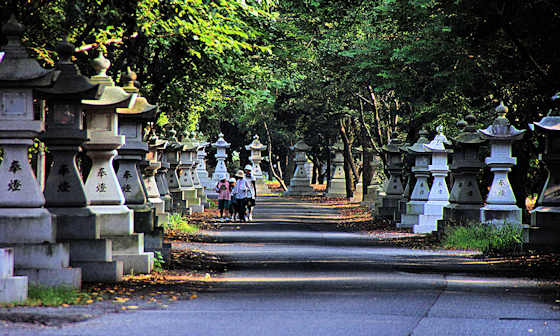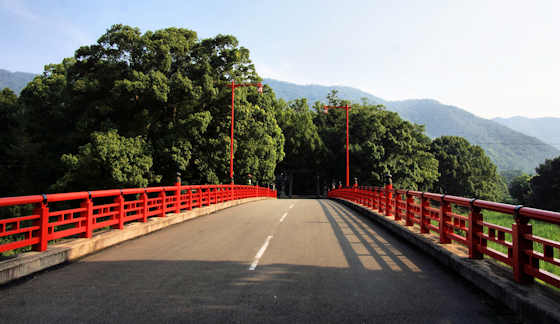On the third morning in the Jebel Sahro the dawn and sunrise were well worth waking early for.
The first few kilometers of the days hike was through a narrow canyon. We had come here yesterday afternoon to take advantage of the running water to bathe.
As the year progresses the water, originating as melted snow in the high country, will slowly decrease. There probably wont be any more running water till we come out of the jebel sahro.
We had lunch at a small trading post at the foot of a golden escarpment we would climb in the afternoon.
I headed off ahead of the group and started the climb to tonights campsite. Its not that I am unsociable, but for me its hard to enjoy the landscape with people chattering. Also it allowed me to climb at my own pace and not have to keep up.
The views from on top were sublime, so I plonked myself down and sat for the next few hours and watched as the vista laid out in front of me changed with the passing of the sun and clouds.
I knew I would be up before dawn to take in the dawn and sunrise.































